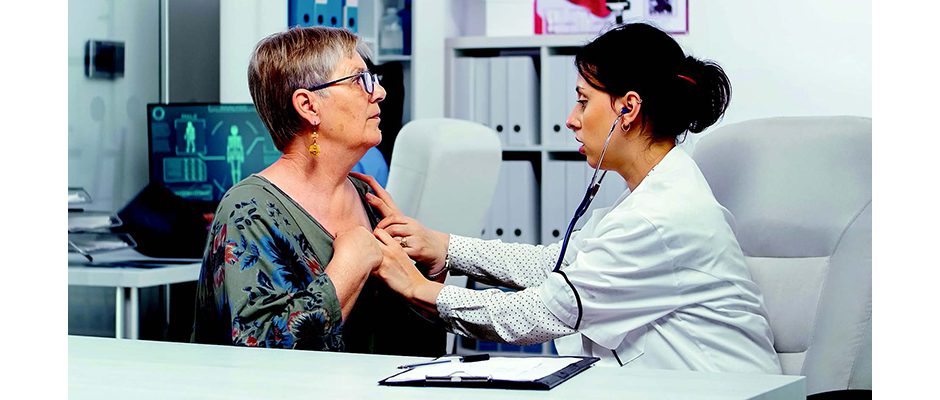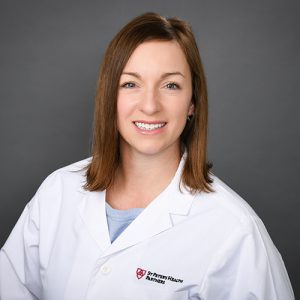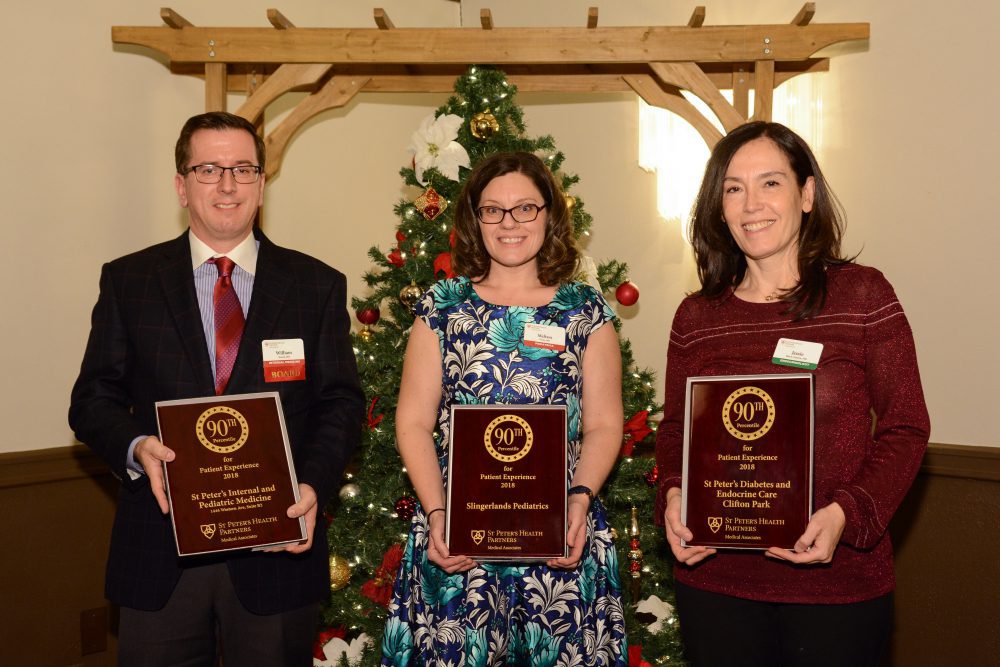
[Written by Rebecca Lee Phillip, MD, Cardiac Surgery, Albany Cardiothoracic Surgeons, St. Peter’s Health Partners Medical Associates.]
St. Peter’s Hospital recognizes American Heart Month in February and aims to build awareness about the signs and symptoms of heart disease. It is also a good time to talk about important things connected to the heart, such as the aorta.

The aorta is the largest blood vessel in the body. The heart is the pump for blood and the aorta is the main pipe. The blood pumped out of the heart goes to the aorta first and all other arteries branch from it. There are diseases that affect both the heart and the aorta, such as atherosclerosis and hypertension.
Atherosclerosis is a disease process that involves injury to the wall of a blood vessel, inflammation, and formation of a plaque in the wall of the blood vessel.
Hypertension is elevated blood pressure.
These diseases cause inflammation and damage to the aortic walls. This makes the artery walls weak and thin, and they begin to enlarge. When the aorta enlarges, or dilates, this is called an aortic aneurysm. If the aneurysm is located in the first part of the aorta that is connected to the heart, it is called an ascending aortic aneurysm.
Aortic aneurysms have a risk of tearing or rupturing. This can cause life-threatening bleeding. This is a situation that would require emergent surgery.
There are numerous risk factors for ascending aortic aneurysms, but the main ones are:
- Hypertension
- Smoking
- Age
- Genetic syndromes that affect connective tissues (Marfan’s, Ehlers-Danlos, Loeys-Dietz)
Of these risk factors, keeping a healthy blood pressure and not smoking are the ones that people can affect. Aortic aneurysms can also have various genetic associations that can run in families. It is helpful to know if any of your family members have had an aortic aneurysm.
Once an aortic aneurysm is diagnosed, it should be monitored regularly for any change or growth. Aortic aneurysms are best evaluated with computed-tomography imaging (CT scan) and echocardiography (Echo). Regular follow-up with a cardiologist or cardiac surgeon is recommended. If the aneurysm reaches a large enough size, or if it grows at a fast rate, then surgery is planned to repair the aorta. Sometimes this also requires replacement of the aortic valve.
Most ascending aortic aneurysms do not cause any symptoms until they are very large. If the aneurysm progresses or becomes emergent, you may notice symptoms such as:
- Chest pain
- Upper back pain
- Lightheadedness or fainting
- Pain or numbness in your arms or legs
- Racing heartbeat
Our goal at St. Peter’s Hospital is to help our patients stay connected to their heart health. St. Peter’s Hospital ranks among New York’s top cardiovascular surgery programs, earning “high performing” status from U.S. News and World Report for many services, including bypass surgery and heart attack care. Our team includes board-certified cardiothoracic surgeons with decades of experience. We take a comprehensive approach to help you through every phase of treatment before, during, and after surgery.
To learn more about heart surgery at St. Peter’s Hospital, visit https://www.sphp.com/find-a-service-or-specialty/cardiovascular-care/heart-surgery/.





